 To enhance service speed and avoid tariff delays, we've opened a US warehouse. All US orders ship directly from our US facility.
To enhance service speed and avoid tariff delays, we've opened a US warehouse. All US orders ship directly from our US facility.
| Cat. No. | Product Name | Field of Application | Chemical Structure |
|---|---|---|---|
| DC67612 | Magnesium acetyl taurate Featured |
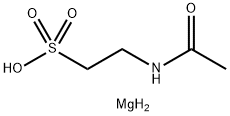
|
|
| DC67611 | (S)-5-Methoxy-N-propyl-1,2,3,4-tetrahydronaphthalen-2-amine hydrochloride Featured |
(S)-5-Methoxy-N-propyl-1,2,3,4-tetrahydronaphthalen-2-amine hydrochloride is a drug intermediate for synthesis of various active compounds.
More description
|
-5-Methoxy-N-propyl-1,2,3,4-tetrahydronaphthalen-2-amine hydrochloride.gif)
|
| DC67610 | (s)-2-Amino-5-methoxytetralin hydrochloride Featured |
(s)-2-Amino-5-methoxytetralin hydrochloride is a drug intermediate for synthesis of various active compounds.
More description
|
-2-Amino-5-methoxytetralin hydrochloride.gif)
|
| DC5015 | Rotigotine Hydrochloride Featured |
Rotigotine is dopamine D2 and D3 receptor agonist. Ki values are 13 and 0.71 nM for D2 and D3 respectively. Rotigotine also has significant affinity for 5-HT1A and adrenergic α2B receptors. Rotigotine exhibits antiparkinsonian acitivity.
More description
|

|
| DC67609 | Cbz-TRIS tri-acid Featured |
Cbz-TRIS tri-acid is a small molecule compound containing several functional groups, including a carbamate group, a tris group, and three carboxylic acid groups.
More description
|
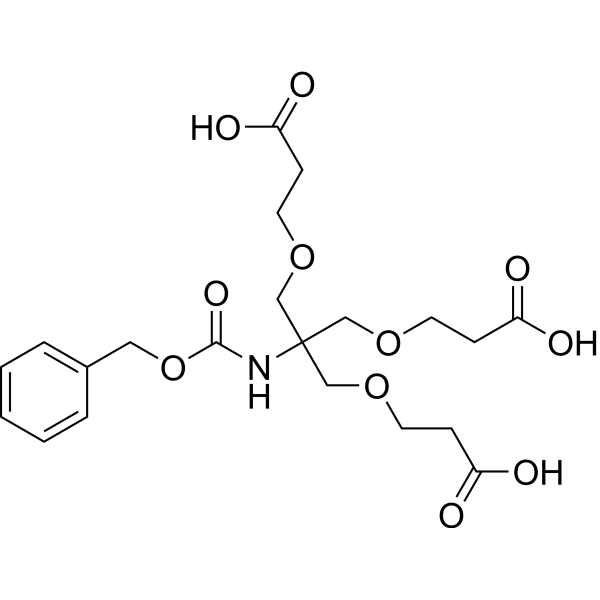
|
| DC67608 | 1-Pyrrolidinedodecanoic acid, 2-[[bis(4-methoxyphenyl)phenylmethoxy]methyl]-4-hydroxy-λ-oxo-, (2S,4R)-, compd. with N,N-diethylethanamine (1:1) Featured |
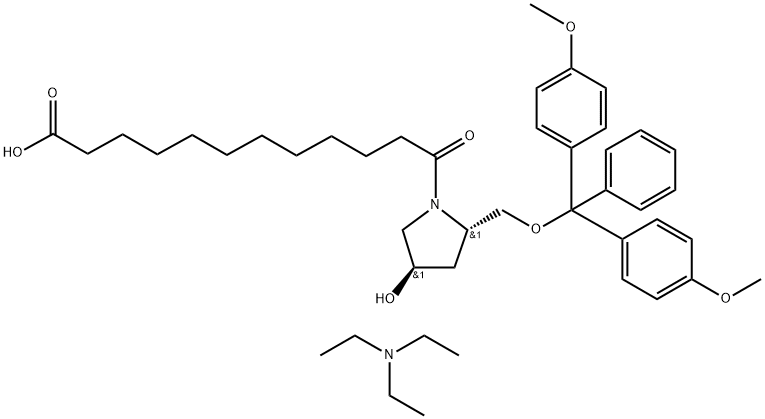
|
|
| DC30002 | PF-06835919 Featured |
PF-06835919, also known as MDK1846, is a potent ketohexokinase (KHK) inhibitor. PF-06835919 is reported in patent US 20170183328 A1, example 4. Increased fructose consumption and its subsequent metabolism have been implicated in hepatic steatosis, dyslipidemia, obesity, and insulin resistance in humans. Since ketohexokinase (KHK) is the principal enzyme responsible for fructose metabolism, identification of a selective KHK inhibitor may help to further elucidate the effect of KHK inhibition on these metabolic disorders.
More description
|
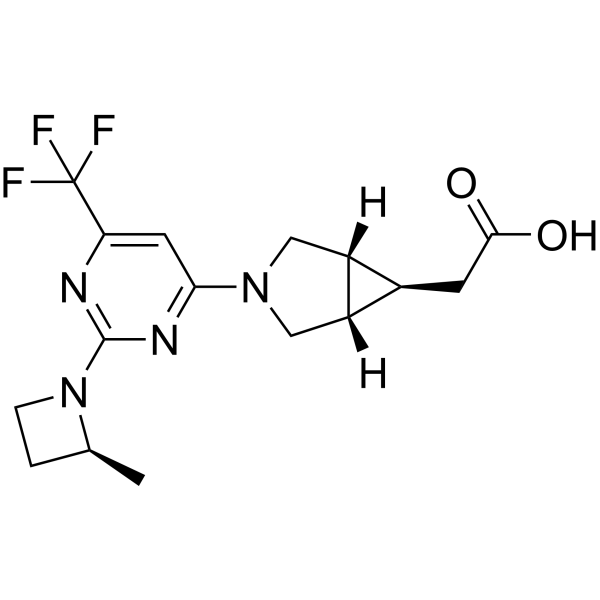
|
| DC31030 | Vonafexor(PLX007,EYP-001) Featured |
Vonafexor (EYP001) is a selective FXR agonist with anti-HBV effects.
More description
|
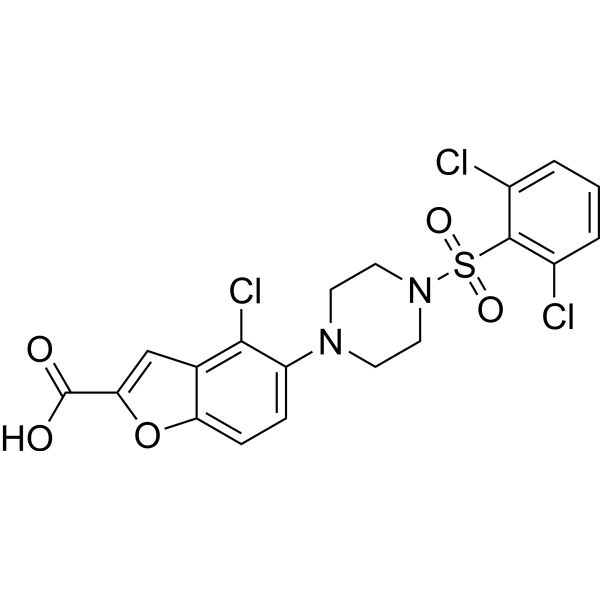
|
| DC21457 | Pax2 inhibitor EG1 Featured |
Pax2 inhibitor EG1 (EG1) is a potent, small molecule inhibitor of Pax2 mediated transcription activation, effectively blocks Pax2 activity and DNA binding with Kd of 1.35-1.5 uM; inhibits Pax2 mediated expression with IC50 of 10 uM, and inhibits proliferation of Pax2 positive renal and ovarian cancer cell lines but has little effect on Pax2 negative cancer cells; inhibits embryonic kidney development.
More description
|
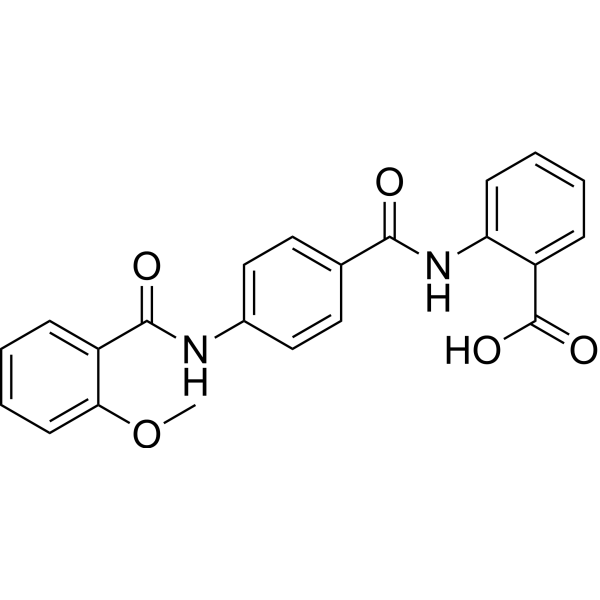
|
| DC67607 | 4-bromo-2-(1H-tetrazol-5-yl)aniline Featured |
aniline.png)
|
|
| DC67606 | Dac590 Featured |
Dac590 is an orally active FTO inhibitor. Dac590 has a robust antiproliferative effect on AML cells, and induces apoptosis and cell cycle G1 arrest by inhibiting oncogenic FTO signaling. Dac590 significantly inhibits tumor growth and prolongs survival with no observed toxicity in acute myeloid leukemia (AML) xenograft mcie model, and shows a synergistic effect combined with Decitabine (HY-A0004).
More description
|
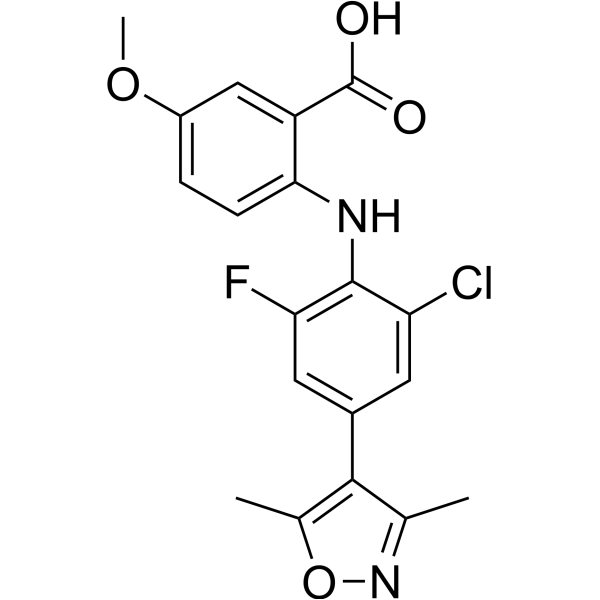
|
| DC10061 | PI4KA inhibitor-A1 Featured |
GSK-A1 is a potent inhibitor of PI4KA. In vitro using HEK-AT1 cells, GSK-A1 had an IC50 of about 3 nM.
More description
|
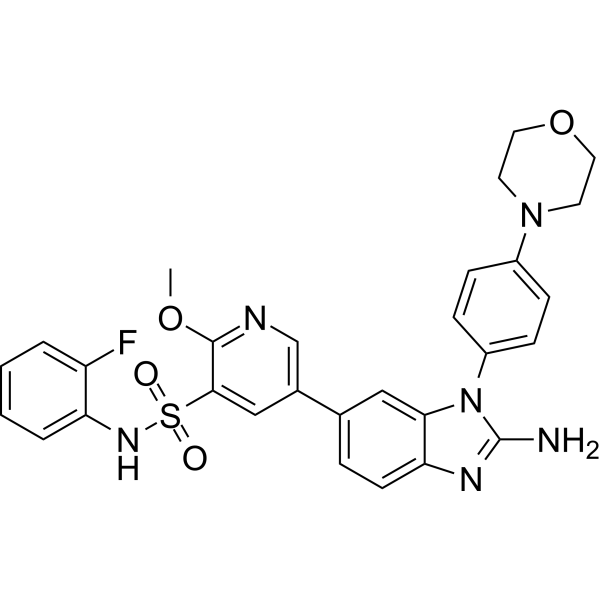
|
| DC26118 | AKI-7169(Aurora Kinase Inhibitor III) Featured |
Aurora kinase inhibitor III is a potent inhibitor of Aurora A kinase (IC50 = 42 nM).
More description
|
.gif)
|
| DC44159 | Enpatoran Featured |
Enpatoran (M5049) is an orally active and dual TLR7/8 inhibitor with IC50s of 11.1 nM and 24.1 nM in HEK293 cells, respectively. Enpatoran can block both innate and adaptive autoimmunity. Enpatoran is inactive against TLR3, TLR4 and TLR9. Enpatoran (M5049) can block molecule synthetic ligands and natural endogenous RNA ligands. Enpatoran (M5049) inhibits cytokine release, causing great potency in pharmacokinetic/pharmacodynamic properties.
More description
|
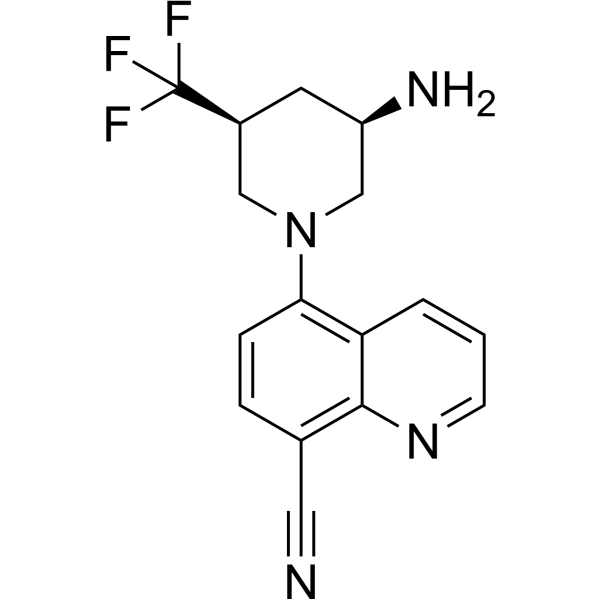
|
| DC82209 | ORNA Lipid 10a-26 Featured |
Lipid 10a-26 is an ionizable lipid developed by Orna Therapeutics for lipid nanoparticle (LNP) formulations. It features a biodegradable ester backbone and an ionizable headgroup, enabling efficient encapsulation and delivery of circular RNA (oRNA). Experimental data show that Lipid 10a-26 mediates robust protein expression in hepatocytes and immune cells (e.g., T cells), with strong liver-targeting specificity observed in vivo. Its optimized hydrolysis profile ensures stable oRNA delivery and reduced immunogenicity. For instance, LNPs formulated with Lipid 10a-26 (molar ratio 50:10:38.5:1.5) demonstrate high transfection efficiency in splenic B cells and sustained therapeutic protein production.The lipid’s design balances efficacy and safety, making it ideal for applications like CAR-T therapy and hepatic protein replacement.
More description
|
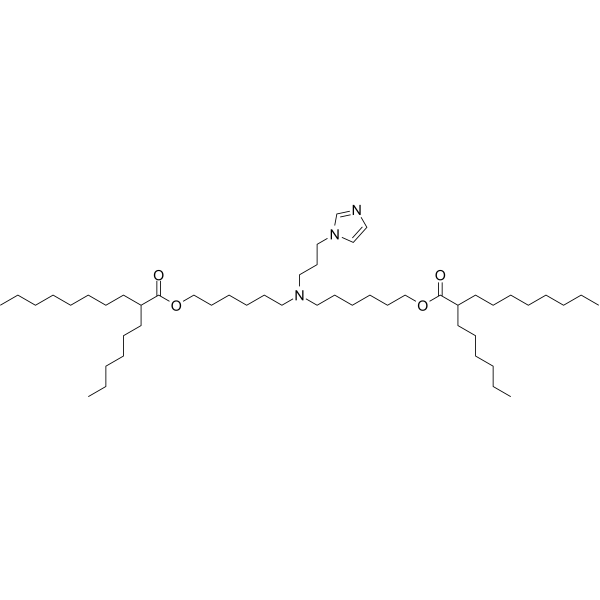
|
| DC74503 | KH-103 Featured |
KH103 is a highly potent, catalytically-driven glucocorticoid receptor (GR) PROTAC degrader, demonstrate excellent performance in passively preventing ligand-induced gene expression activation in the absence of partial agonistic transcriptional triggering and crosstalk inhibition. KH 103 efficiently degrades glucocorticoid receptor (GR) in vitro and in vivo. In HEK293 cells, KH-103 (1 µM) induced rapid and nearly complete GR degradation within one hour. This degradation was highly potent, with significant depletion observed at 10 nM and near-complete depletion at 100 nM. KH-103 demonstrated effective and reversible GR degradation across diverse in vitro models from multiple tissues and species.Mechanistically, KH-103 promoted GR nuclear translocation but did not activate GR-mediated gene transcription and exhibited no nonspecific transcriptional effects alone. Furthermore, KH-103 effectively blocked dexamethasone (DEX)-induced GR signaling, demonstrating greater potency than comparator inhibitors.Critically, KH-103 also effectively depleted GR protein in the mouse pituitary gland in vivo and modulated corticosterone levels, confirming pharmacological activity beyond cell-based systems.
More description
|

|
| DC7135 | GM6001 (galardin, ilomastat) Featured |
GM6001 (galardin, ilomastat) is a broad spectrum MMPs inhibitor for MMP-1, MMP-2, MMP-3, MMP-7, MMP-8, MMP-9, MMP-12, MMP-14, and MMP-26 with Ki of 0.4-27 nM.
More description
|
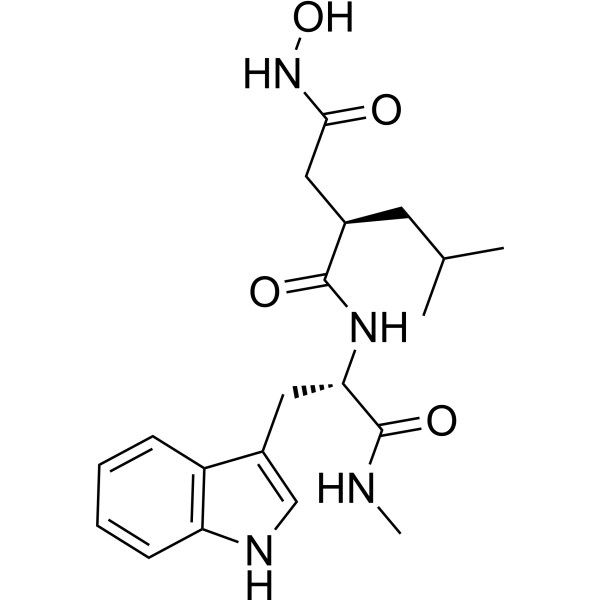
|
| DC67128 | Lipid 29 analogue-2(Lipid 16) Featured |
Lipid 29 analogue-2 is an ionizable lipid designed for the delivery of RNA-based therapeutics, such as mRNA or siRNA.
More description
|
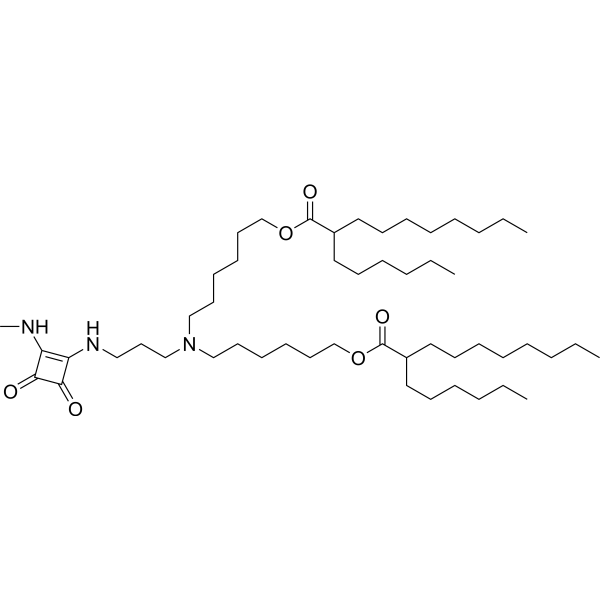
|
| DC60877 | GLPG4970 Featured |
GLPG4970 is a highly potent dual SIK2/SIK3 inhibitor with IC50 of 0.3 nM and 0.7 nM, with more than 100-fold selectivity against SIK1.
More description
|
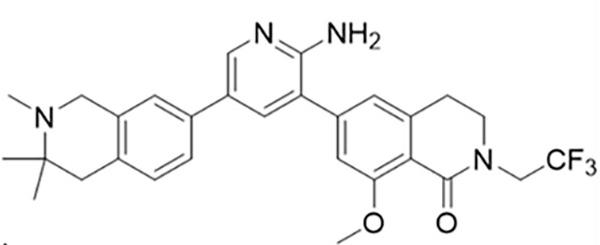
|
| DC60876 | JWP24 Featured |
JWP24 is the first cell-permeable peptide inhibitor of MAGE-A4. JWP24 effectively disruptes the interaction between MAGE-A4 and RAD18, exhibiting an IC50 of 200 nM in a TR-FRET displacement assay and 0.5 μM in a NanoBRET cellular assay.
More description
|
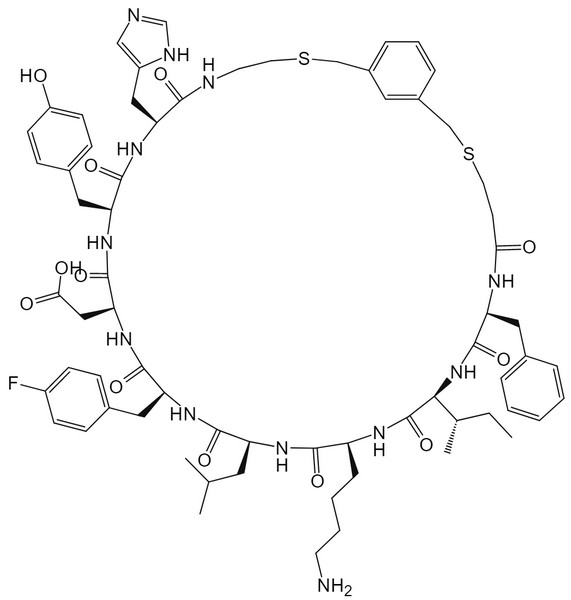
|
| DC60875 | C210 Featured |
C210 is a novel HSP90 inhibitor, which overcomes doxorubicin (DOX) resistance of quiescent breast cancer cells by targeting TRAP1. C210 blocks the fragile energy flux of quiescent breast cancer cells prevalent in solid breast cancer tissue by dual inhibition of TRAP1 and HSP90α.
More description
|
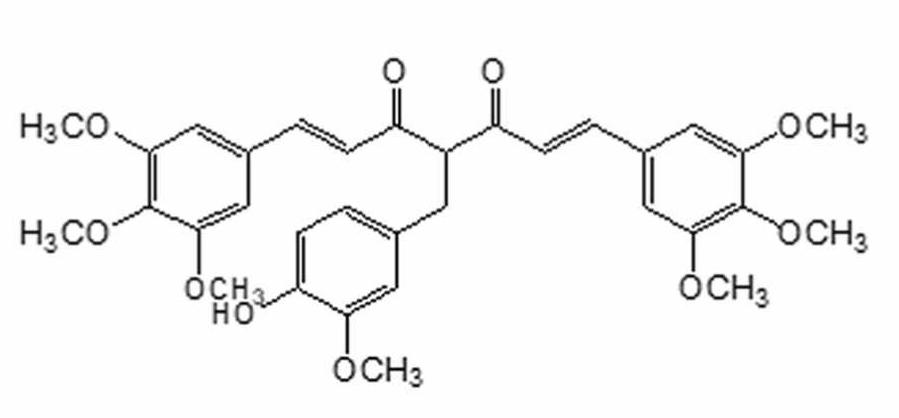
|
| DC59126 | Genevant CL1 (lipid 10) Featured |
Genevant CL1 (lipid 10) is a novel ionizable lipid for rna delivery.Lipid 10 rapidly accumulated in the liver within the first hour of dosing (reflecting LNP uptake), but levels then steadily declined over the ensuing 2 weeks period, similar to MC3.Lipid 10 afforded more than double the expression of either approved lipid. We also observed high splenic expression for ALC-0315, which correlated with higher MCP-1 levels.Animals received a single 5 µg IM dose of LNP encapsulating firefly luciferase (fLuc) mRNA. Whole body imaging was performed 6 h later and expression at the injection site quantified. Lipid 10, ALC-0315, and SM-102 showed similar expression at the injection site, all greater than the older generation benchmarks lipids (DLinDMA, KC2, MC3). Lipid 10 and ALC-0315 also showed high expression in the liver, while SM-102 was less, and more similar to MC3.Lipid 10-based LNP reported similar anti-HA IgG titers to MC3 and ALC-0315 (Comirnaty) LNP, and higher than the SM-102 (SpikeVax) LNP composition. MCP-1 levels were generally similar, although the ALC-0315 composition had a significantly higher response at the 5 µg dose. All formulations reported good stability when stored frozen at −80 °C or at 2–8 °C for 1 month.
More description
|

|
| DC67291 | ATX054 Featured |
ATX-054 which is from Arcturus RNA delivery platform, is a novel ionizable lipid used in the formulation of lipid nanoparticles (LNPs) for the delivery of RNA.
More description
|
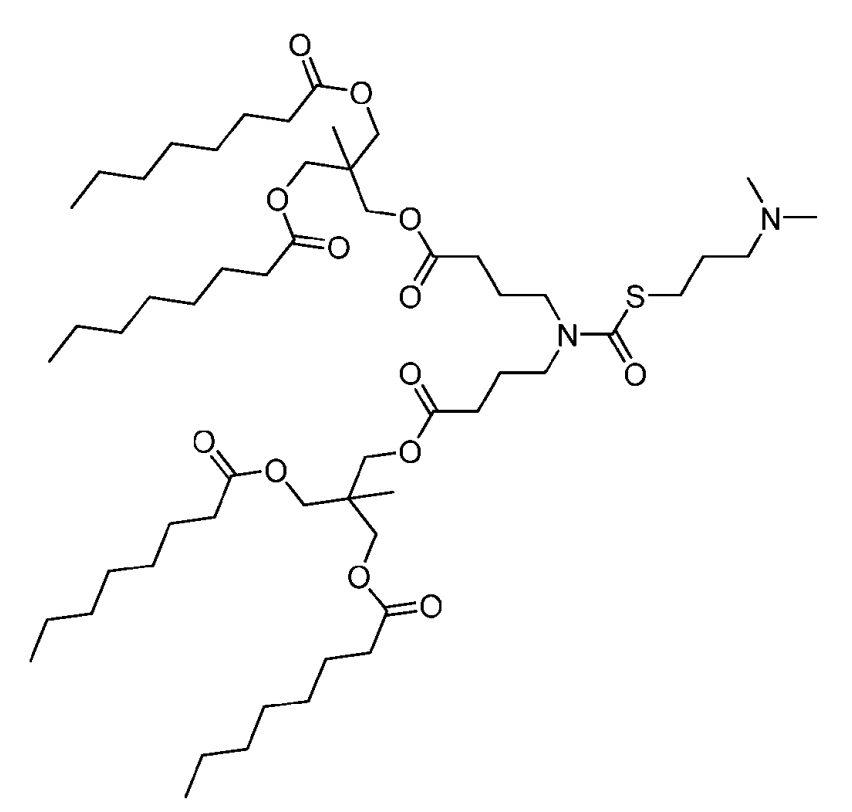
|
| DC7702 | MG-101 Featured |
MG-101 is a calpain inhibitor (IC50 = 0.09 μM) that activates p53-dependent apoptosis in tumor cell lines.
More description
|
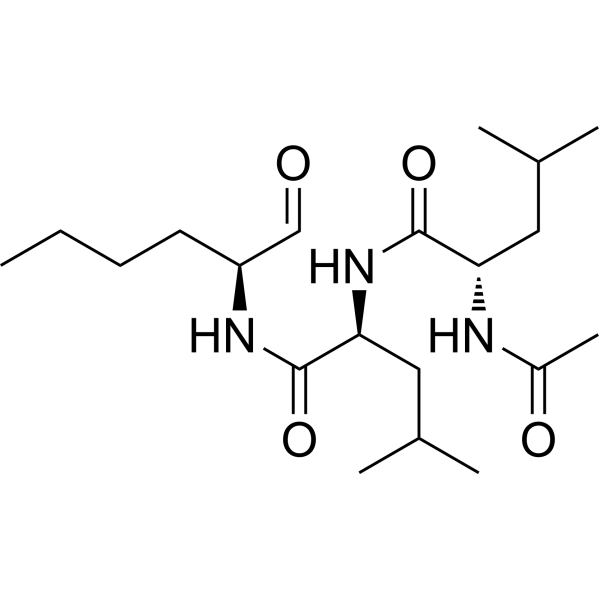
|
| DC34242 | MG115 Featured |
MG-115(MG 115) is an inhibitor of NFκB in the cytoplasm by acting on IKK or the proteasome.
More description
|
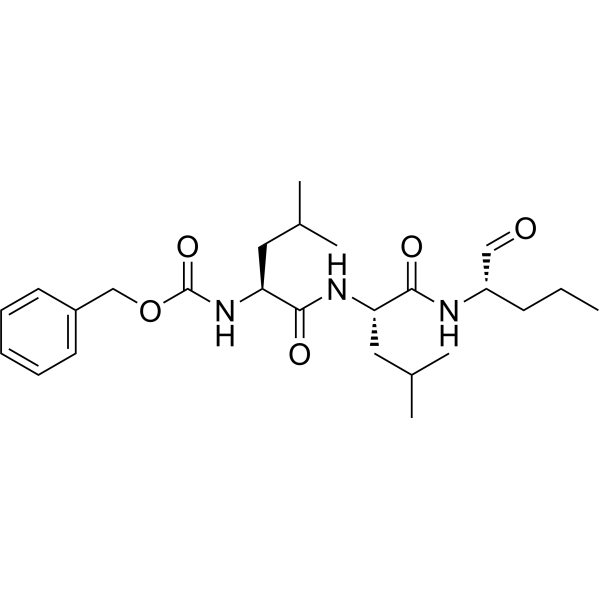
|
| DC67603 | DMG-PEG-Mal, MW 2,000 Featured |
DMG-PEG-Mal, MW 2,000 is a lipid PEG consisting of DMG and maleimide for reacting with thiols between pH 6.5 to 7.5
More description
|

|
| DC9762 | Emricasan Featured |
Emricasan (IDN-6556, PF-03491390) is a potent irreversible pan-caspase inhibitor.
More description
|
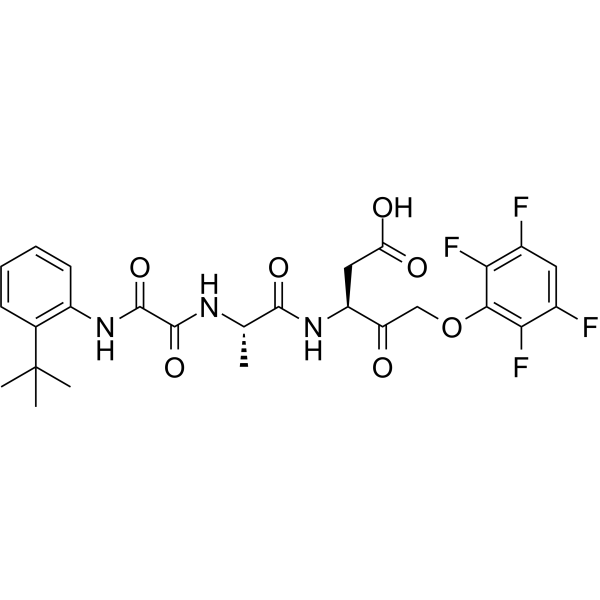
|
| DC23075 | Vinorelbine Featured |
Vinorelbine is a semi-synthetic Vinca alkaloid which is currently used in treatment of different cancer types mainly advanced breast cancer (ABC) and advanced/metastatic non-small cell lung cancer (NSCLC). Vinorelbine-loaded SSM can be developed as a new,
More description
|
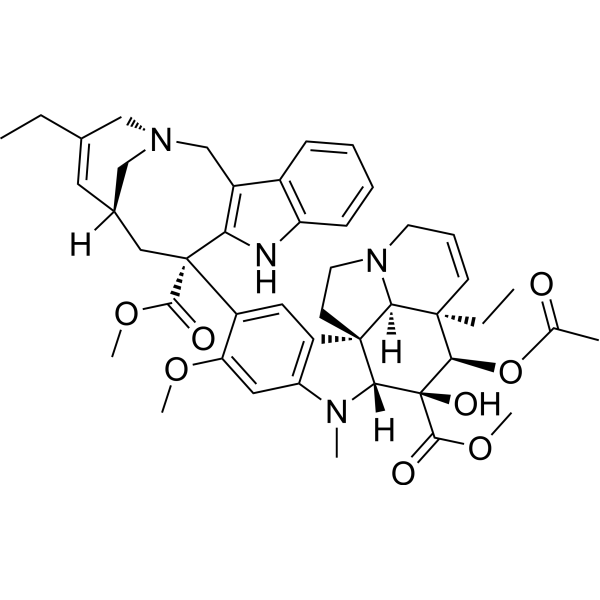
|
| DC48260 | Izilendustat Featured |
Izilendustat is a potent inhibitor of prolyl hydroxylase which can stabilize hypoxia inducible factor- 1 alpha (HIF- lα) and hypoxia inducible factor-2 (HIF-2). Izilendustat has the potential for researching diseases that relate to the body’s inmmune response like colitis and other inflammatory bowel diseases (extracted from patent WO2011057115A1 and WO2011057121A1).
More description
|
|
| DC21630 | SCF I2 Featured |
An allosteric, sepecific inhibitor of substrate recognition by the SCFCdc4 ubiquitin ligase with IC50 of 6.2 uM in FP assyas.
More description
|

|